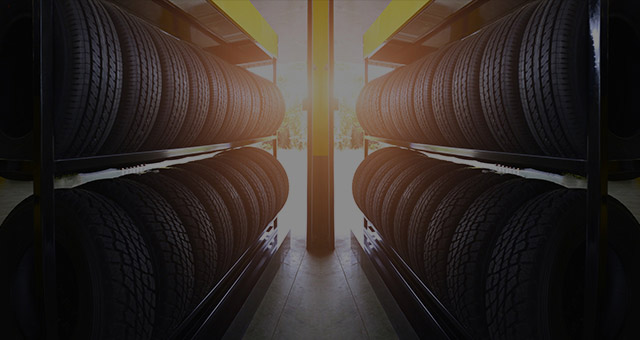Explore Exclusive Mopar Tire Service Specials in Morris Today
Explore Exclusive Mopar Tire Service Specials in Morris Today
Blog Article
Tire Solution: Recognizing Tire Pressure Surveillance Systems
Understanding Tire Pressure Tracking Equipments (TPMS) is a critical facet of preserving optimum vehicle efficiency and safety and security on the road. With advancements in auto innovation, TPMS has actually become a common feature in modern-day cars, supplying real-time details on tire pressure levels. Digging deeper into the ins and outs of TPMS, one can reveal the numerous components that compose this system and the value of each in guaranteeing exact tracking. From straight to indirect TPMS systems, the landscape of tire pressure monitoring is varied, each with its unique set of advantages and factors to consider. Stay tuned to unravel the intricacies of TPMS, from upkeep pointers to the obvious benefits of maintaining your tires effectively inflated. mopar tire service specials.

Importance of TPMS
The significance of Tire Pressure Surveillance Systems (TPMS) lies in their capability to improve vehicle security and efficiency through real-time surveillance of tire pressure levels. Keeping the correct tire stress is crucial for guaranteeing optimal handling, stopping, and general safety of a vehicle. TPMS gives motorists with immediate responses on any type of underinflated or overinflated tires, permitting prompt modifications to be made.
Elements of TPMS
Making up different vital components, a Tire Stress Monitoring System (TPMS) operates as a sophisticated security function in modern-day lorries. The main elements of a TPMS consist of sensing units, a control component, and a caution indicator. Sensing units are usually located in the tire valve stem or attached to the wheel setting up, where they gauge tire pressure and transmit data to the control component. If it detects significantly low stress in any of the tires, the control module procedures this details and activates a caution. The caution indication, often a symbol on the dashboard, notifies the vehicle driver to examine the damaged tire or tires. Some progressed TPMS designs additionally display the real tire stress analyses for every tire, offering drivers with real-time info to guarantee optimal tire performance and safety and security. By monitoring tire stress continuously, TPMS assists stop accidents, reduces tire wear, and boosts fuel effectiveness, making it a crucial part for automobile security and efficiency.
Sorts Of TPMS

On the various other hand, indirect TPMS relies upon the car's wheel speed sensors to check tire stress. This system discovers underinflation by contrasting the rotational rates of the wheels. Indirect TPMS is much less pricey than straight TPMS, as it utilizes existing sensors within the automobile.
While straight TPMS uses extra exact analyses, indirect TPMS is easier in design and normally needs much less maintenance. Both systems have their benefits and restrictions, and the selection in between them typically depends upon variables such as expense, automobile make, and individual preference. Understanding the differences in between these 2 sorts of TPMS can help automobile proprietors make educated choices pertaining to tire upkeep and security.
TPMS Maintenance Tips
Conduct routine checks on the tire pressure levels and compare them with the TPMS readings to ensure they are constant. Throughout tire turning or substitute, make certain that the TPMS parts are handled very carefully to protect against any potential damage. If the TPMS internet warning light illuminates on the control panel, attend to the concern without delay by examining the tire stress and the total system for any kind of mistakes.
Advantages of Correct Tire Pressure
Keeping proper tire pressure, as emphasized in TPMS Maintenance Tips, is essential for enjoying the numerous benefits connected with optimal tire stress degrees. Additionally, appropriate tire stress guarantees also tire wear, extending the life expectancy of the tires and advertising safer driving conditions. In final thought, the advantages of proper tire stress go beyond simply tire longevity; they include improved gas effectiveness, boosted safety, much better automobile efficiency, and overall driving comfort.
Final Thought
In verdict, understanding tire pressure monitoring systems (TPMS) is important for keeping optimum tire stress and guaranteeing car security. By acknowledging the relevance of TPMS, knowing with its parts, knowing the different kinds available, adhering to proper maintenance ideas, and recognizing the advantages of maintaining proper tire pressure, motorists can boost their driving experience and extend the life expectancy of their tires. Appropriate tire stress is essential to reliable and risk-free automobile operation.

Report this page